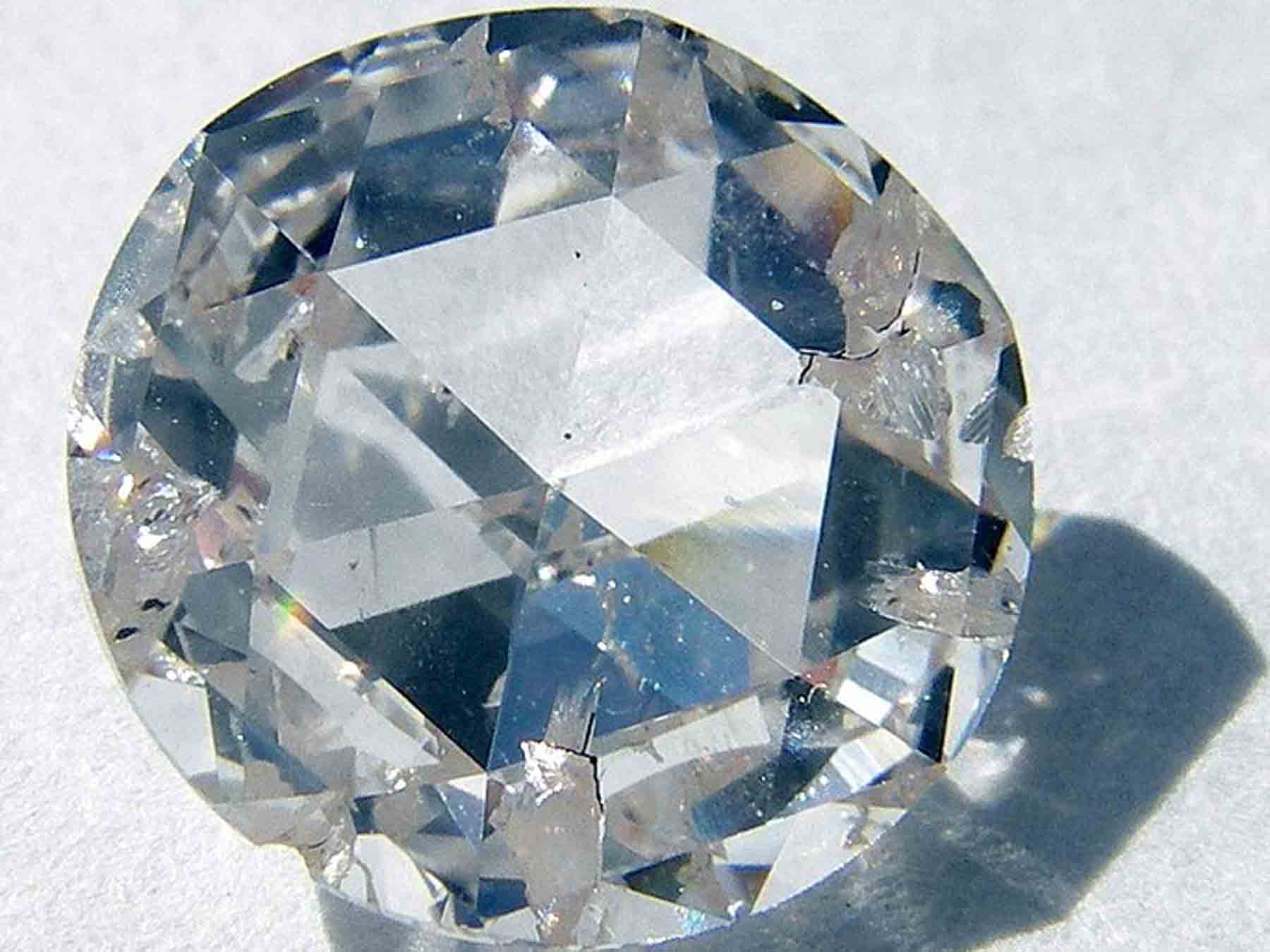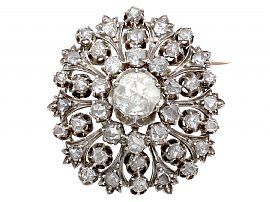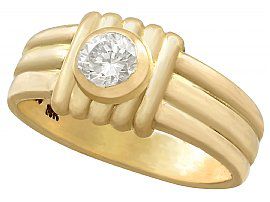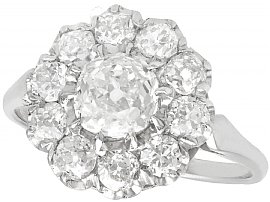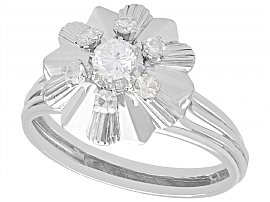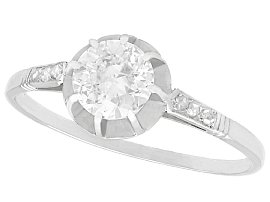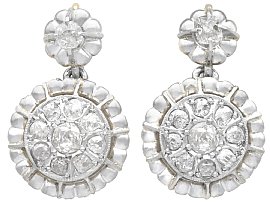The History of Rose Cut Diamonds
The rose cut is considered to be one of the oldest diamond cuts. Rose cut diamonds gathered popularity from their creation in the 1500s right through to the late 19th Century. Today, they are seeing a renaissance and are highly sought-after. Read on to find out more about the cut itself as well as the history behind it.
What Is a Rose Cut Diamond?
Rose cut diamonds can be recognised by their multiple triangular facets. They can have anything between three and twenty-four facets in total, with the twenty-four faceted examples being known as "full rose cuts”. The facets create a domed shape that terminates in a single apex. The overall appearance is said to resemble the unfurling of rose petals — hence, the name of this beautiful diamond cut.
Another distinguishing feature of the rose cut is its flat back, which results in various effects. Because the back isn’t faceted, the diamond appears transparent. At least, more transparent than other cuts such as the Old European round cut . Instead of showcasing a lot of sparkle, the rose cut has an ethereal and pure look.
Rose cut diamonds are most often cut into round shapes, although many early examples aren’t perfectly circular. Instead, diamond cutters tended to follow the shape of the natural gemstone in order to retain the most carat weight possible. Despite normally being found in round variations, rose cut diamonds can also be cut in marquise, pear, and oval shapes.
One benefit of rose cut diamonds is that they carry all of their carat weight in their upper portion (because of their flat back). This means that they tend to have large surface areas, and when viewed from above, they create the illusion of being a visibly larger stone than diamonds of the same carat weight in other cuts.
What is The History of Rose Cut Diamonds?
Believed to be one of the oldest diamond cuts we know and the first true example of faceting, the history of the rose cut diamonds can be traced back to the 1500s. They were favoured throughout the Georgian and Victorian eras and were designed to dazzle beautifully under flickering candlelight thanks to the large facets.
During this period, pioneering diamond cutters were working across Europe, and the rose cut is believed to have first been created in Antwerp. It is for this reason that the rose cut is sometimes also known as the Antwerp cut, the Holland cut, or the Dutch rose cut (as Antwerp was part of the United Kingdom of the Netherlands at this time).
Diamond cutters used the rose cut in order to make good use of diamonds that were naturally shallow in height. These gems weren’t thick enough to be turned into other shapes, but perfect to be transformed into beautiful rose cut diamonds.
